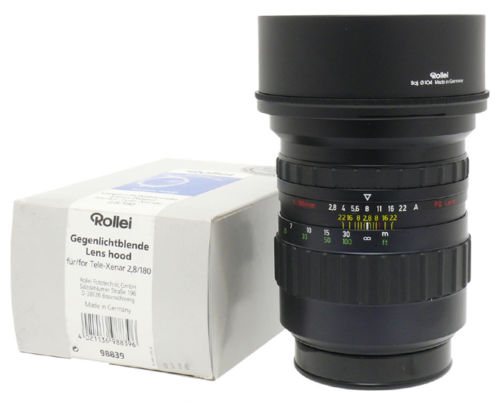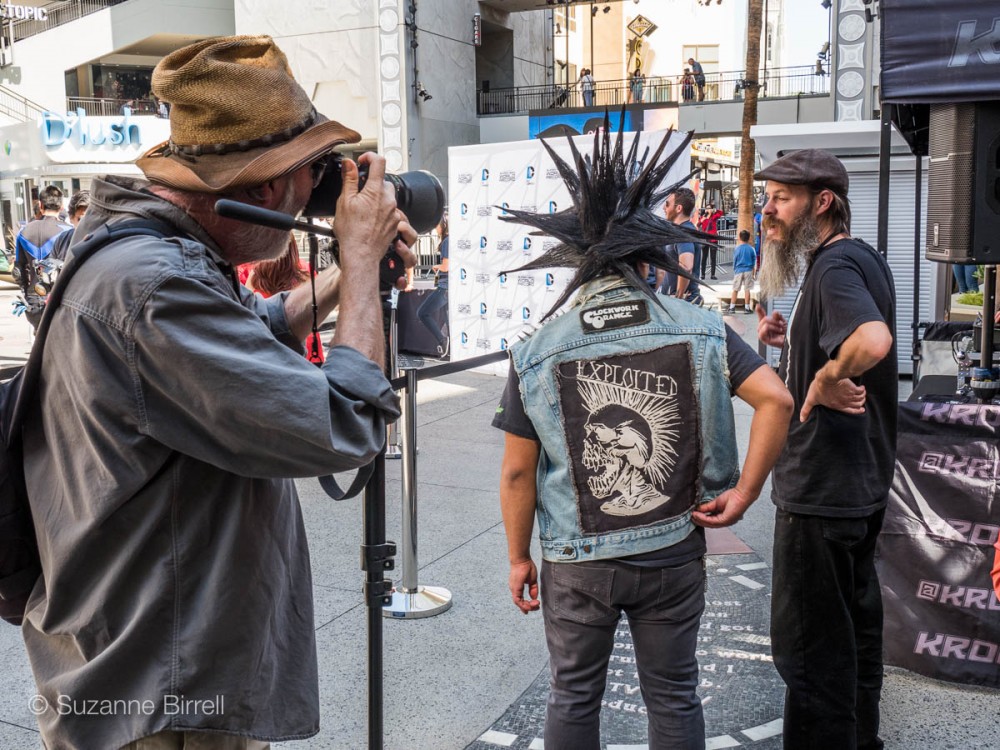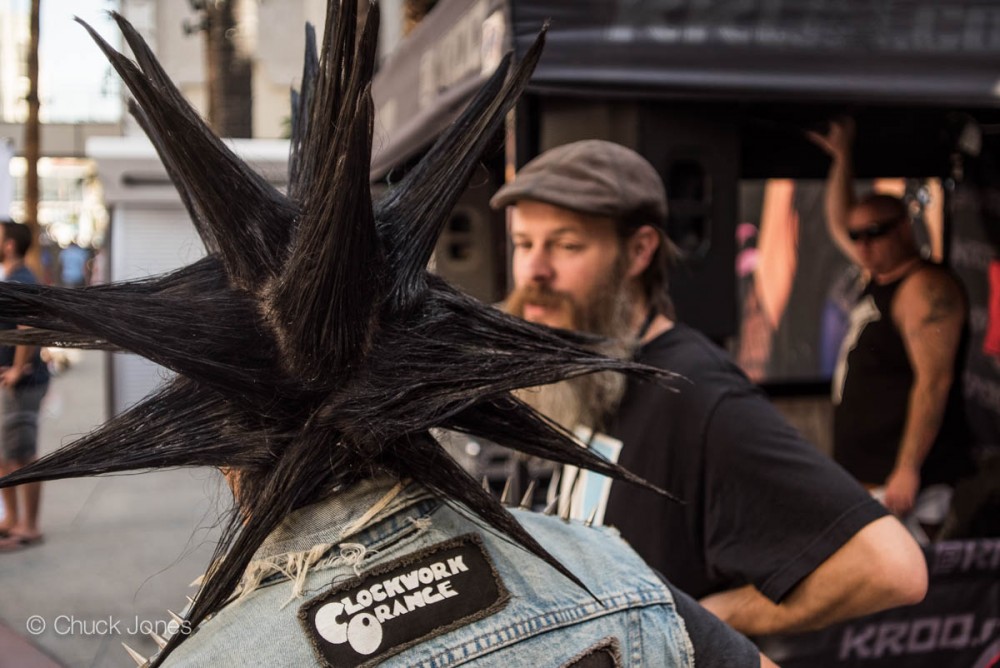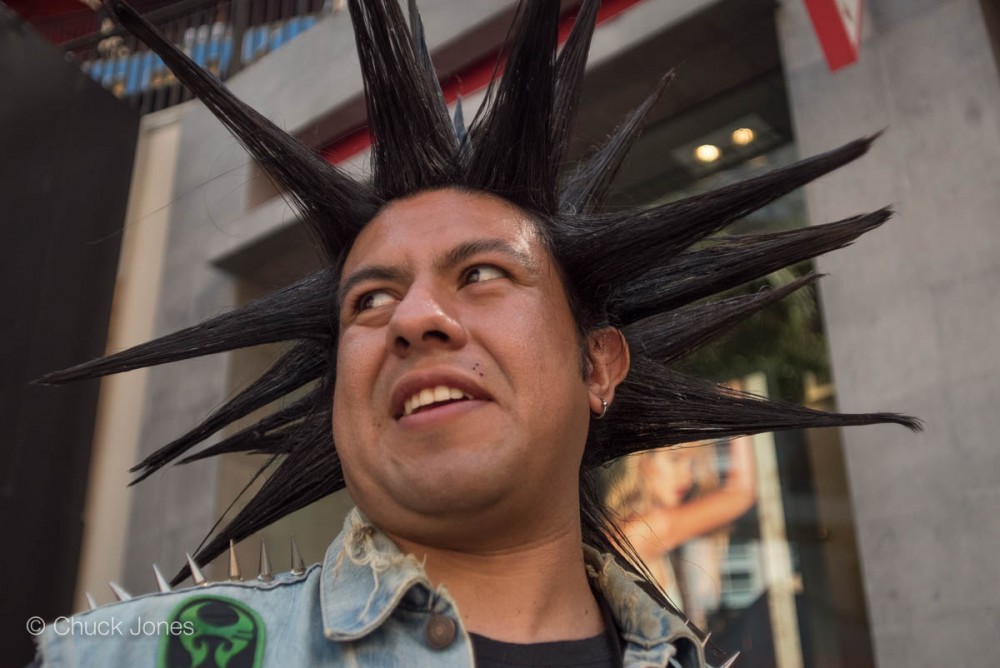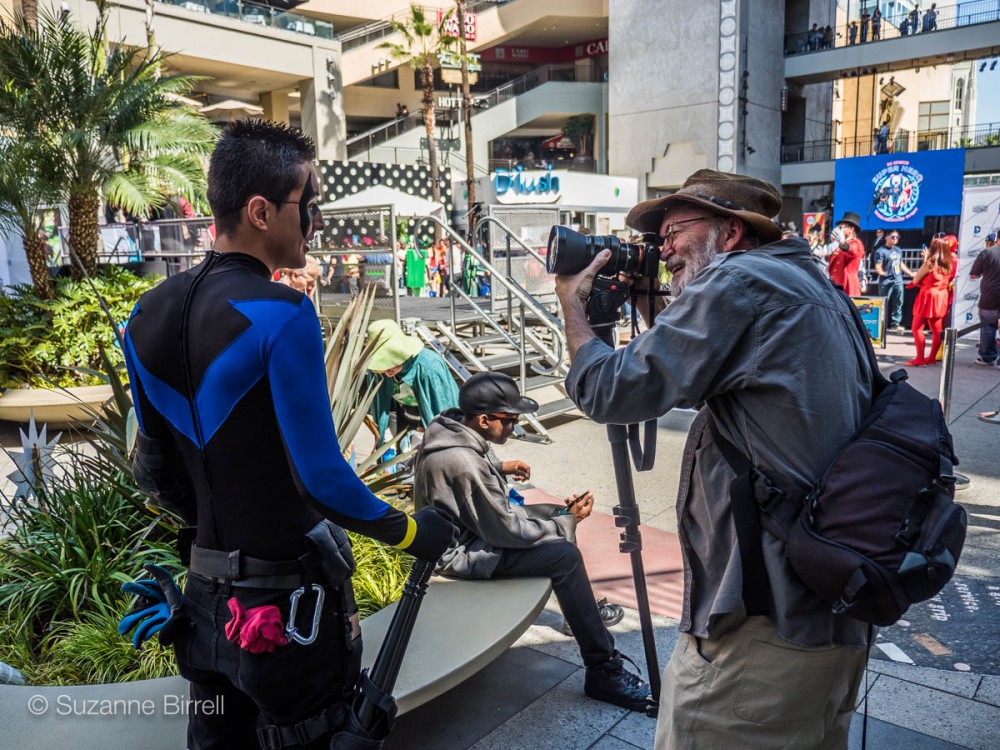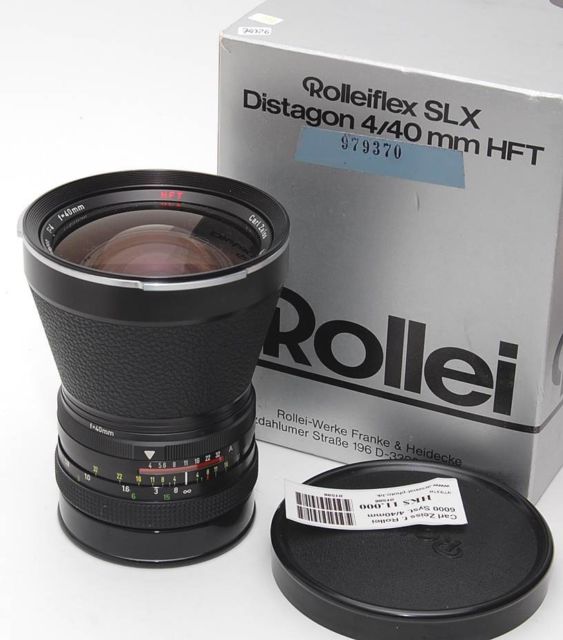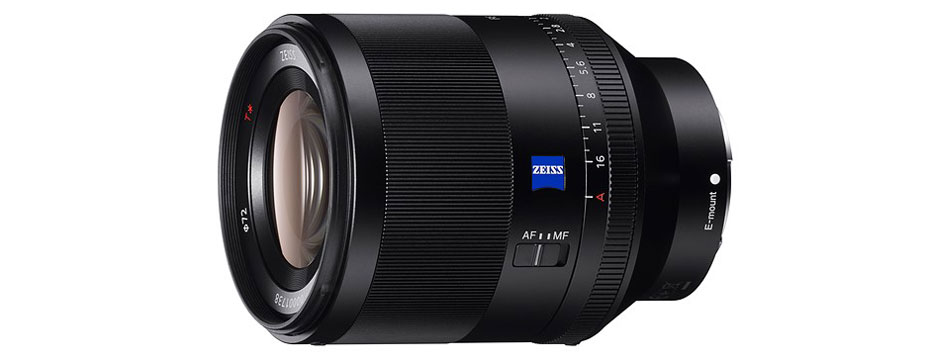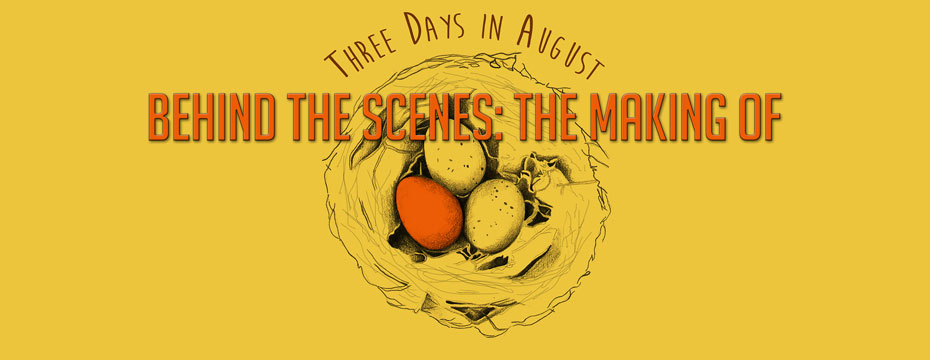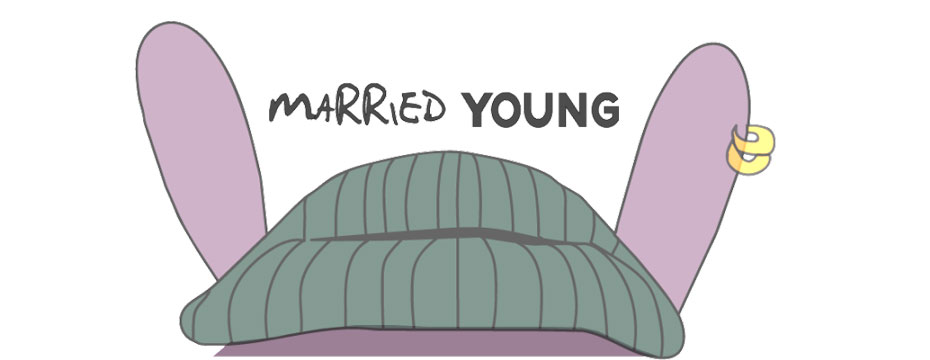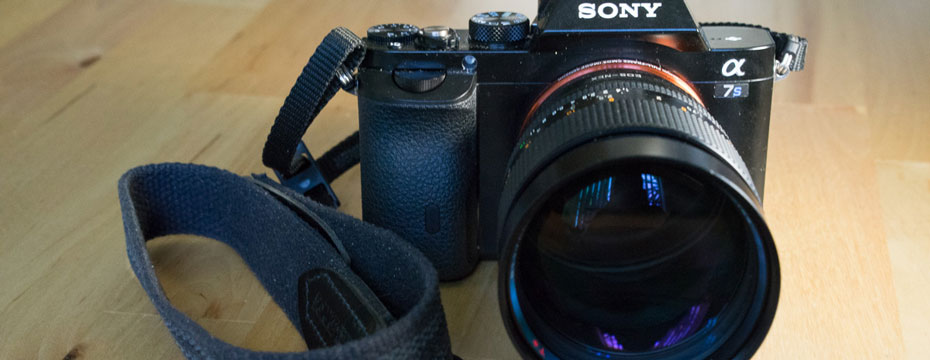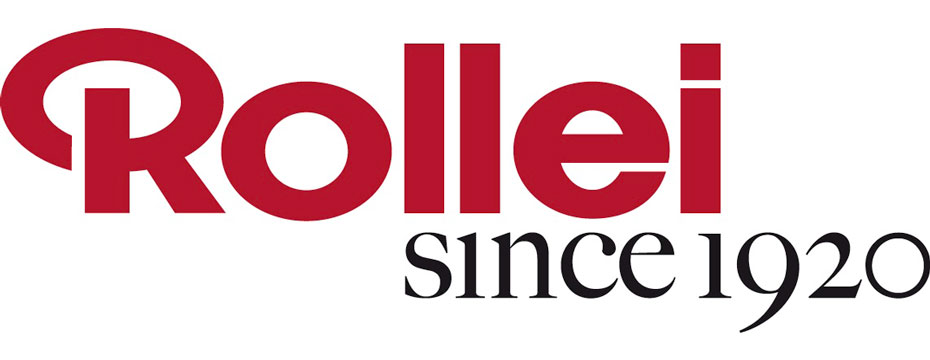
Rollin’ With Rollei Lenses On A Sony A7S
Rollei lenses on a Sony A7S? Is this possible? Yep, Rollei lenses on a Sony A7S, and the results may surprise you as much as they did me. Not only is the video superb, the still images are every bit as magical as their medium format counterparts. Rollei lenses on a Sony A7S for me? You better believe it. Bring ’em on!
Franke & Heidecke was, up until quite recently manufacturing lenses designed and licensed by Schneider-Kreuznach and Carl Zeiss, in Rollei’s Braunschweig, Germany, production plant. Production at that plant has now ceased, and the plant has been liquidated in the Franke & Heidecke bankruptcy. Schneider-Kreuznach and Carl Zeiss are the world’s best-known companies for medium-format lenses. Their designs are legendary top-of-class in every respect; without question some of the best lens designers that have ever existed.
Anti-reflection coating
All lenses featured Rollei’s special HFT coating (High-Fidelity Transfer) for suppressing reflections and producing optimum color brillance. And brilliant these lenses are. I’ve not found their equal, even in the same design and same focal length from Zeiss, Schneider, or Hasselblad – all of which are excellent lenses as well. The coating consists of special ultra-thin films evaporated with heat and then deposited in a very smooth, uniform but quite thin coat on the lens surfaces using a process called vacuum deposition. The result is a noticeable reduction in the amount of light reflected from the lens elements and thus less contrast-degrading flare. In addition, light transmission is increased, allowing full use of the lens designed speed.
PQ and PQS lenses
The Rollei lens mount has been around for a long time, so most Rollei lenses can be used in a mix of older designs with the newest on the same adapters or on any Rollei camera designed to accept the mount. PQ and PQS lenses use electronic controls and Rollei’s pioneering Direct-Drive Technology. Both the diaphragm blades and the shutter blades of the lens are driven with the utmost precision in 1/3 increments by two linear motors, controlled by the camera’s microprocessor. The leaf shutters are hand-stamped, ultra-thin carbon fiber produced for the aerospace industry. They are extremely thin and the smooth frictionless blades work on an air cushion. Then gold-plated contacts ensure smooth and wear-free transmission of control pulses and power supply. PQS lenses have a top speed of 1/1000s – the highest on the market of medium format cameras – while PQ lenses reach 1/500s. Flash synchronization is possible at all speeds.
AF and AFD lenses
AFD lenses are optically and mechanically identical to their AF counterparts, with the exception of the aperture ring is missing on the AFD lenses. AF lenses work on the 6008 AF and Hy6 / AFi series. AFD lenses only work with the Hy6 / AFi series. All AF and AFD lenses sold by Franke & Heidecke fully conformed to each lens’ specifications and were individually tested against their specifications and benchmarks. As always, there may be very small differences that fall within the specified tolerance levels, but these were some of the most stringent QC tolerances in the business. Glass for AFD lenses is said to have been picked from among the top tiers the respective manufacturers ever made. AF and AFD lenses include advanced glass types with particularly high refractive indices. These provide a combination of proper lens curvatures and suitable glass types, optimally corrected for sharp and brilliant images.
Manual lenses
In addition to the AF and AFD lenses a variety of the older, manual Schneider and Zeiss lenses can be used. These lenses are not small or light, despite lacking the autofocus mechanical apparatus inside. In fact, a couple of them are substantially larger than their more modern counterpart designs. Manual focus-assisting through arrows is provided in the viewfinder of the 6008 AF and Hy6 / AFi cameras. With my Sony focus assist, the army of yellow ants starts marching only on the edges of the areas in focus. Only manual focus is possible anyway, so these older Rollei lenses are the least costly and best option for me of those still available on the used market. Being specifically designed as manual focus lenses, the focusing grips are nice and large, falling right to hand, while the focusing mechanisms are butter smooth.
For the past couple of weeks, I have tried to use these Rollei lenses exclusively with my Sony bodies. Rollei lenses are going to force me to carry more weight, so I want to test my ability with them, their overall usefulness to my type of work, and evaluate my willingness to work with the compromises of slowing down. I had high expectations for these lenses. So far, I have not been disappointed. On my A7S, they are spectacular, exceeding every goal save for size and weight. Frankly, they are enormous, heavy tanks. Built for a 6cm x 6cm frame coverage, the 35mm full frame sensors only use the centermost “sweet spot” of these lenses, and it shows in the results. I see the photos from them, and I’m stuck. Quality of optic and of construction like this is hard to find, and always expensive. These lenses were several thousand dollars each when purchased a few years ago new. Today on the used market they are less than a quarter of that.
The photos don’t look like those from any other set of lenses. Rollei has a unique look, a drawing signature unmatched by any other lens manufacturer. Probably it is all about the coating, maybe it is a more refined design, perhaps it is build quality using higher quality control standards. I don’t know. What I do know is I have owned a lot of great lenses in my day, and feel these Rollei lenses are right up there with the best of them. Currently at a price that is almost affordable. Not the insanity of the popular 35mm full frame Leica R series.
My biggest surprise, I am pleased and frankly impressed at how well these lenses hold up on the high megapixel, full frame digital sensor the Sony A7R. It will be interesting to see this glass on the new 50+ MP Sony body sees the light of day.
My Conclusions
Far from small or lightweight, you need to have a dedication to the particular drawing signature and color rendition of the Rollei lenses to use them. The longer focal length Rollei lenses will require a respectively higher shutter speed for stability when shot hand held, due to the hefty Beastly weight of Rollei lenses. I use a monopod or full set of sticks most of the time with my Rollei lenses.
The drawing signature and color are unique on Rollei lenses, even from the same Zeiss designs for other medium format systems, and the actual production numbers much lower than say a Hasselblad version. The scarcity of the Rollei lenses AF and AFD versions with autofocus are reflected in the asking prices on the used market. While still not cheap, at leas the older manual focus Rollei lenses can be bought at a more reasonable price.
Please rate this story, and if you liked it, why not share it with a friend? [ratings]



